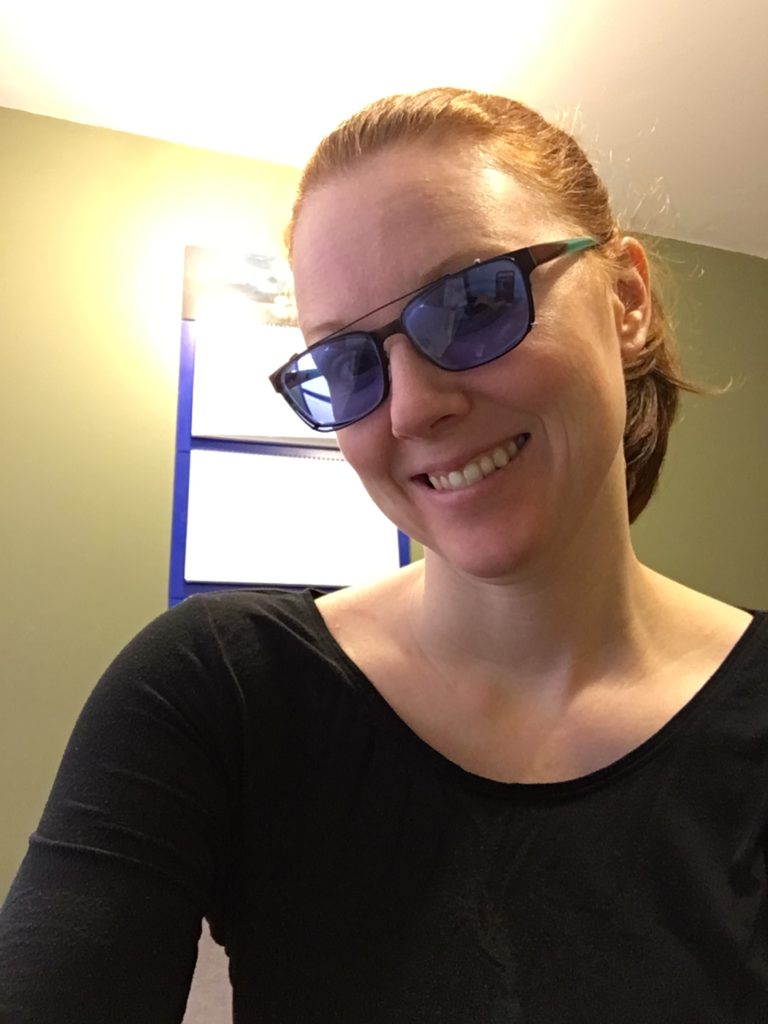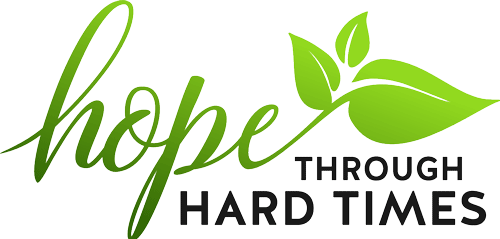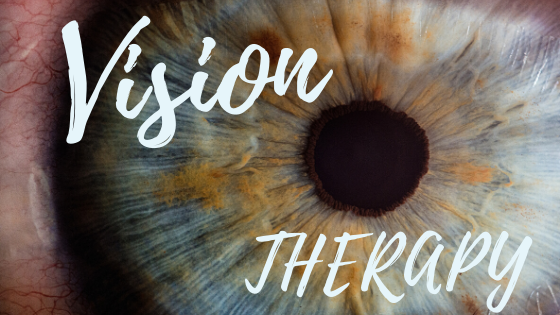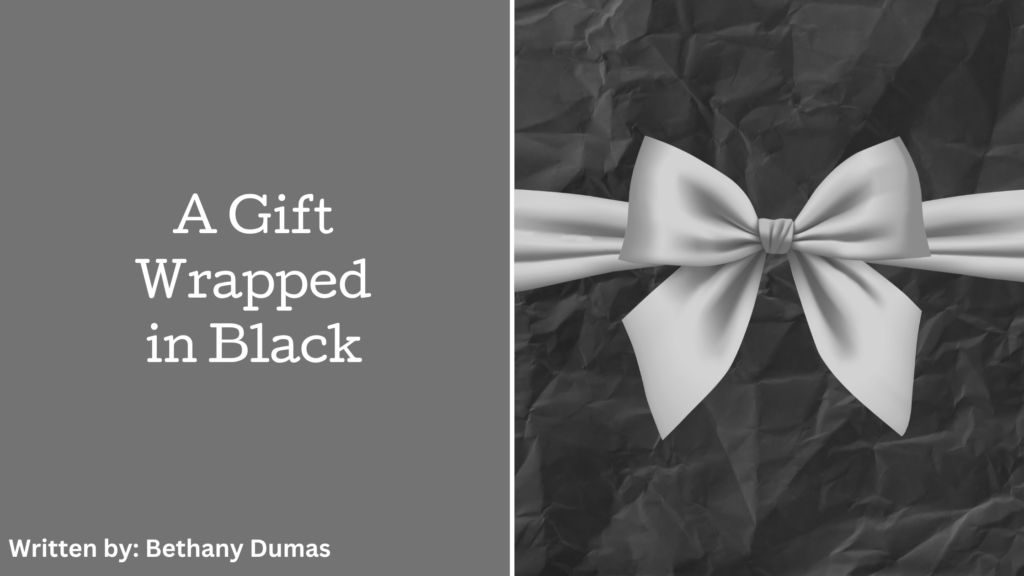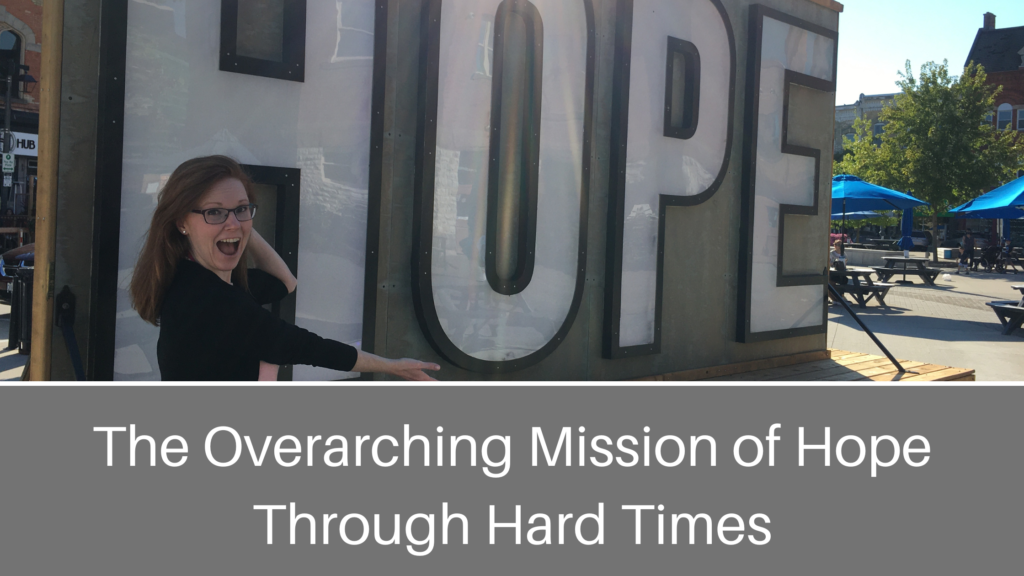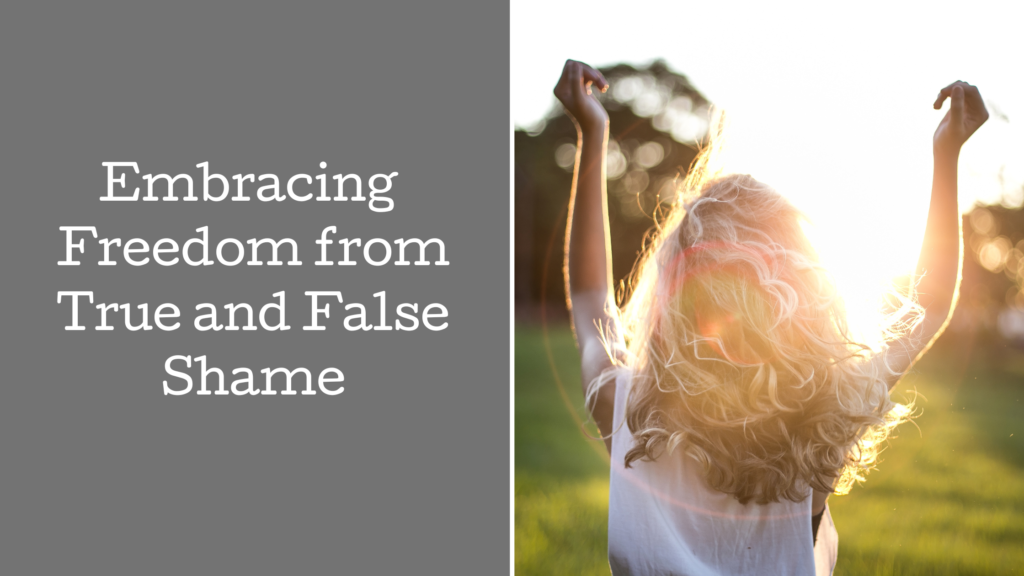Do you know what 20/20 vision stands for?
It means that you can see size 20 font at 20 feet away.
Did you know that your eye doctor only tests 40% of your vision?
A standard Ophthalmologist only checks your center vision at his or her clinic. That makes up 40% of your vision. So, what makes up the other 60%?
That would be your peripheral vision. Most eye doctors who examine someone after a concussion will give them a good report. The health of the person’s eyes and her center vision might be fine. However, the patient’s peripheral vision might be completely distorted.

Do you feel like the ground is tilted? Do you struggle with balance? Do you have a hard time reading, watching TV, or traveling?
I have not been able to travel over a half an hour since my concussion without some sort of symptoms affecting me. I cannot read for long amounts of time without feeling dizzy or finding that the words come in and out of focus. I will re-read a line or word multiple times before I can process what it means. I cannot watch TV for more than ten minutes before I feel weak and shaky, hungry and nauseous, dizzy and a headache.
I have recently learned that this is all because my peripheral vision was distorted after my concussion. My visual processing, meaning the information going from my eyes to my brain, is not computing the information the way it needs to anymore.
Another specialist I am seeing referred me to a Neuro-Ophthalmologist for vision therapy. It has opened my eyes (pun intended) to a whole new world of help.
Michael and I spent two hours with the doctor. He explained what my eyes and brain are doing when I struggle with the above activities. My constant exhaustion comes from my brain working overtime to understand all that I’m seeing.
When someone looks at something, their eyes cross the information in the brain to make one image. When someone’s vision has been affected post-concussion, that information no longer crosses. So, it takes the brain that much longer to understand what it’s trying to see:
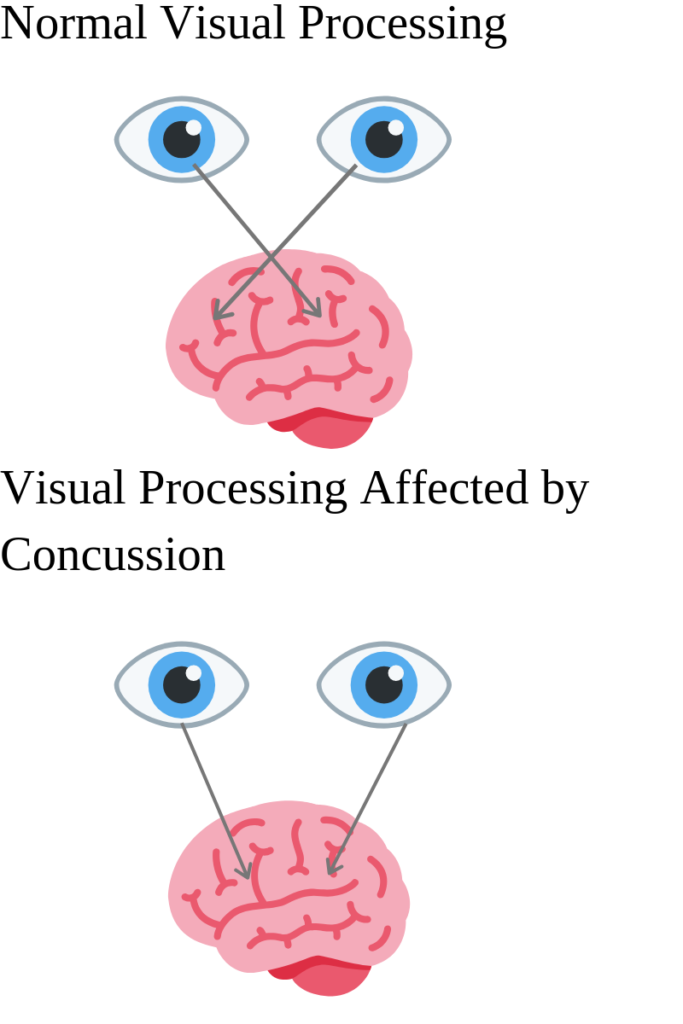
The doctor prescribed specialized glasses to work like a crutch for my brain. I have two pairs. One is for far-sight. They have prisms in them that help to make things look normal to me now. They bring the peripheral information into better focus and take some pressure off of my brain. They cause objects to look smaller and less daunting for me.
The other pair of glasses is for near-sight. They also have prisms in them but they work the opposite way than the far-sighted ones. They bring objects closer to me.
The doctor also mentioned that my eyes and brain can be irritated by too much light because it stresses the proprioceptors in my brain. We have red, green, and blue colour filters in our brain. We have a number of red and green ones, but we only have one blue. Our brain has to work harder to see the blue lights verses red and green.
That’s why people have created a Bluelight Shield for computers and phones. You can also purchase specialized tinted glasses (though the ones online aren’t as strong or specialized as prescriptions).
So, my doctor also added blue tint to my glasses to help ease my brain. By adding the blue tint, my brain doesn’t have to work as hard to filter that colour because everything is processed through blue now. I may look a little funny for a while wearing these glasses. However, when I put the blue filters on, I can literally feel my brain relax a bit. It’s a wonderful feeling.
In order for my brain to recover, and make the process permanent, I am attending vision therapy for the next year or so. If I’m a good girl and consistently do my homework, it may take less time.
I can tell that the therapy is working though. It is hitting all of my “trigger” points. I noticed a tiny breakthrough last week, so I’m holding onto hope for great changes this year.
I will take some time next week to share a bit more of what I’m actually doing in my vision therapy classes.
Until then, Lady Blue is signing out.
